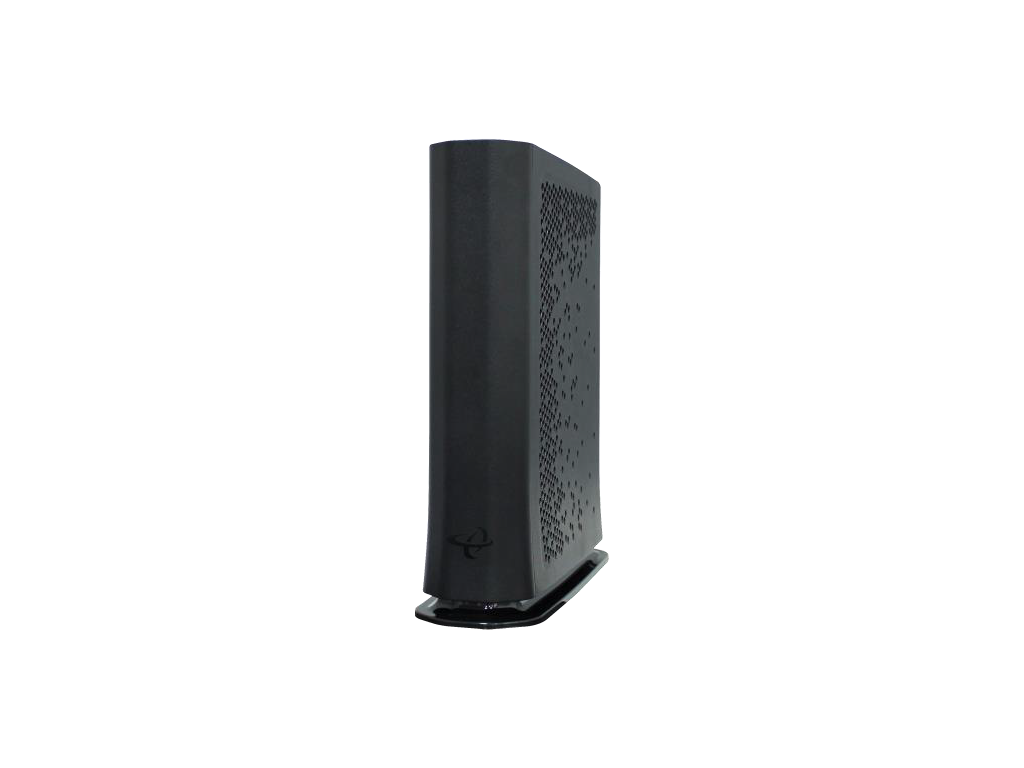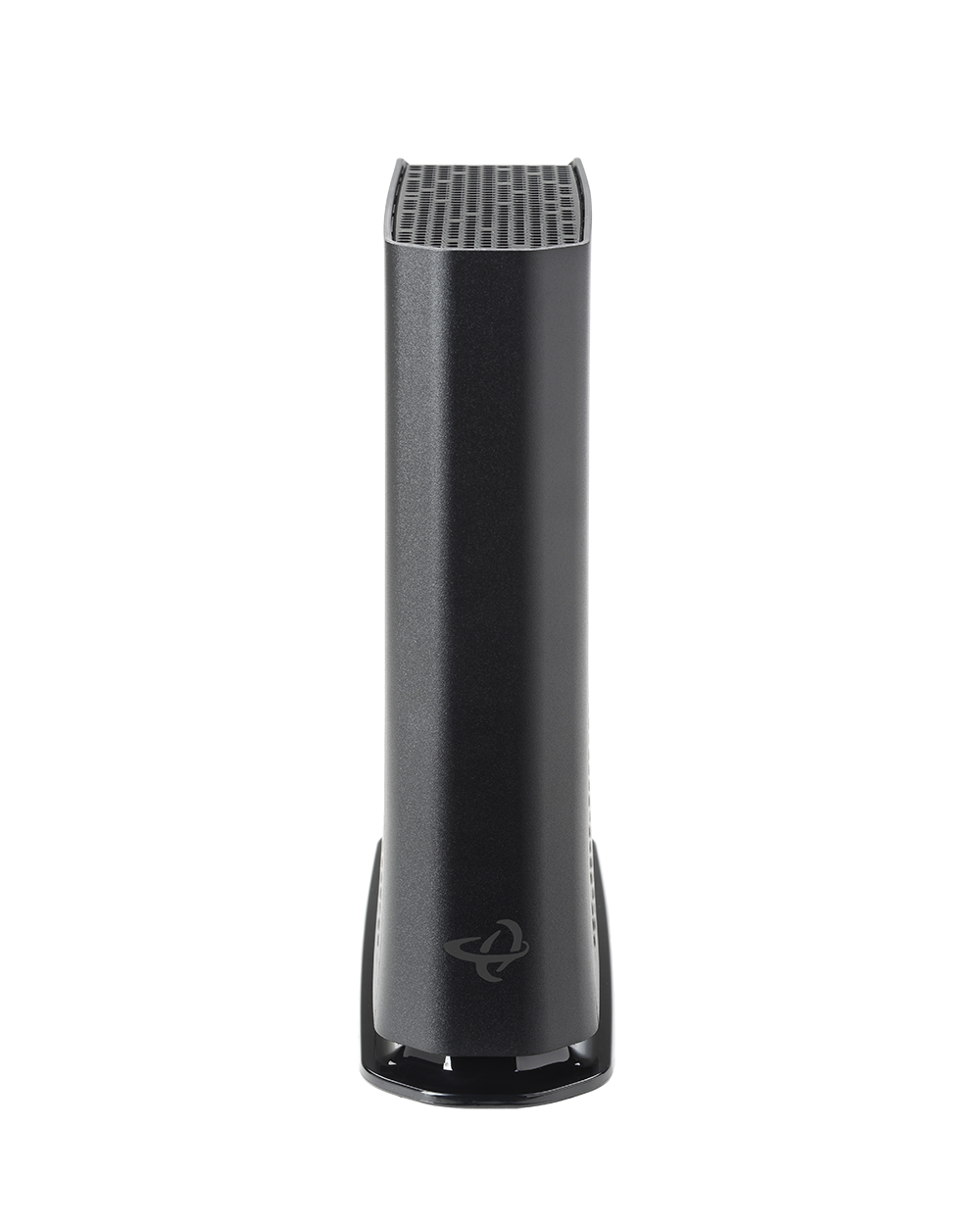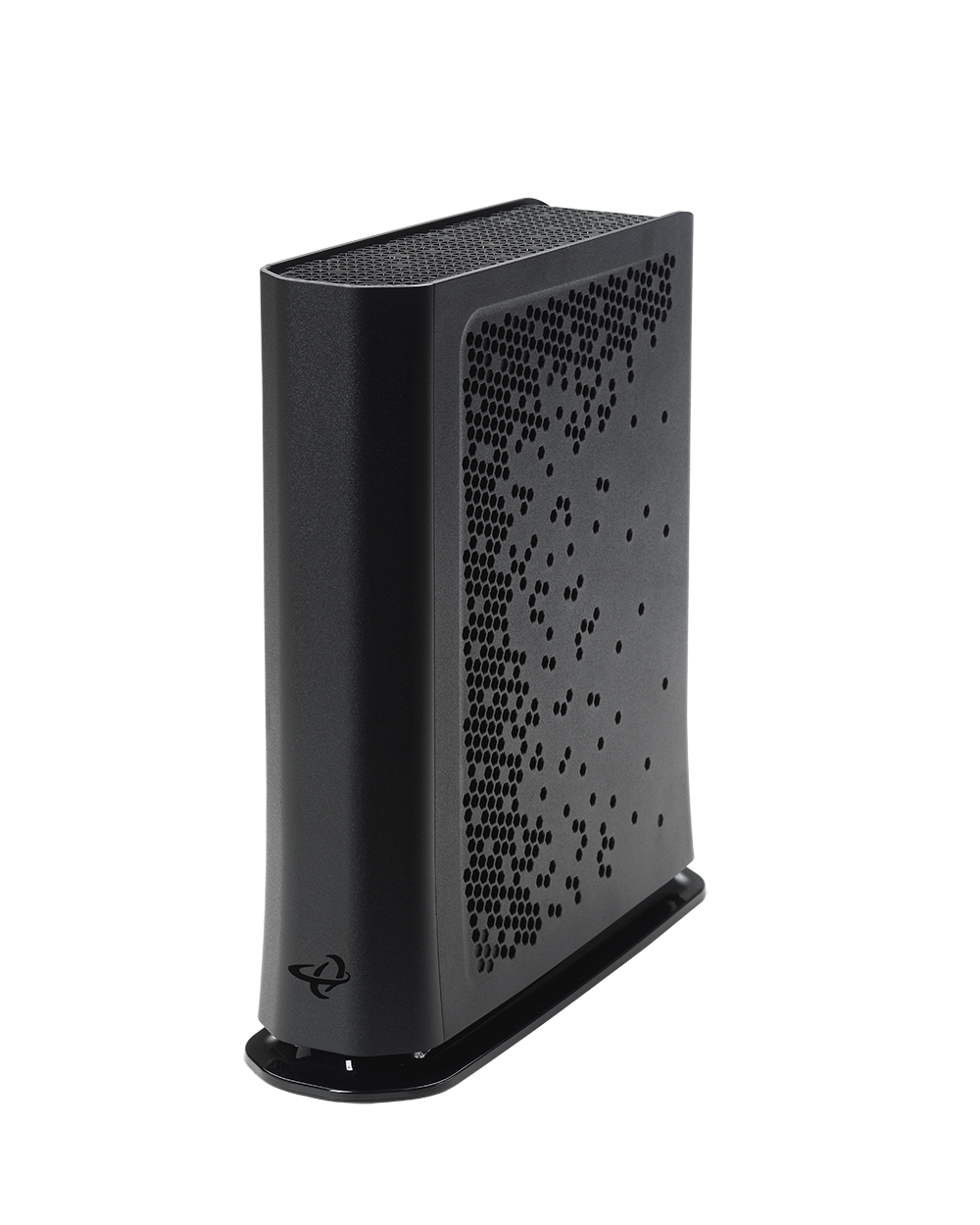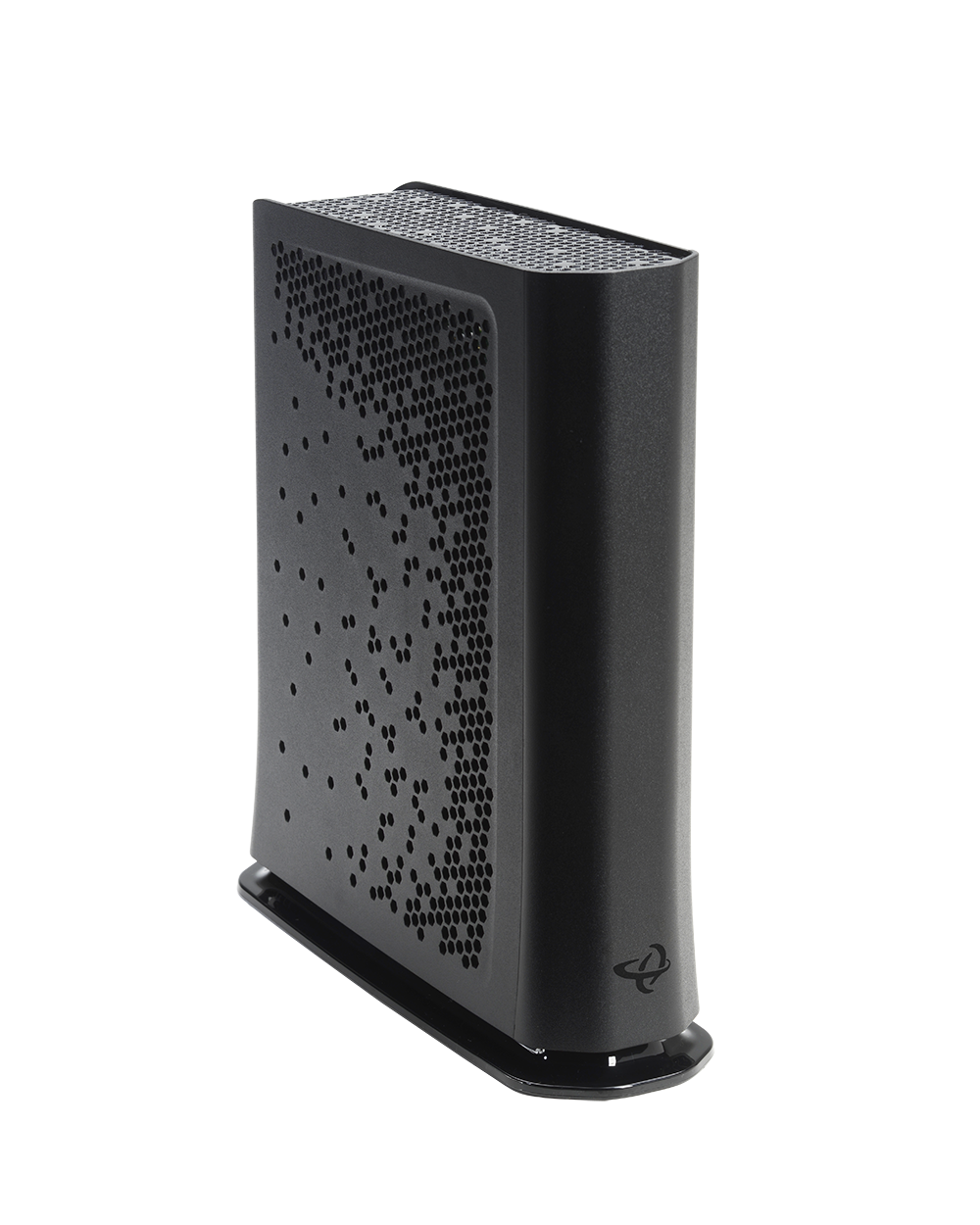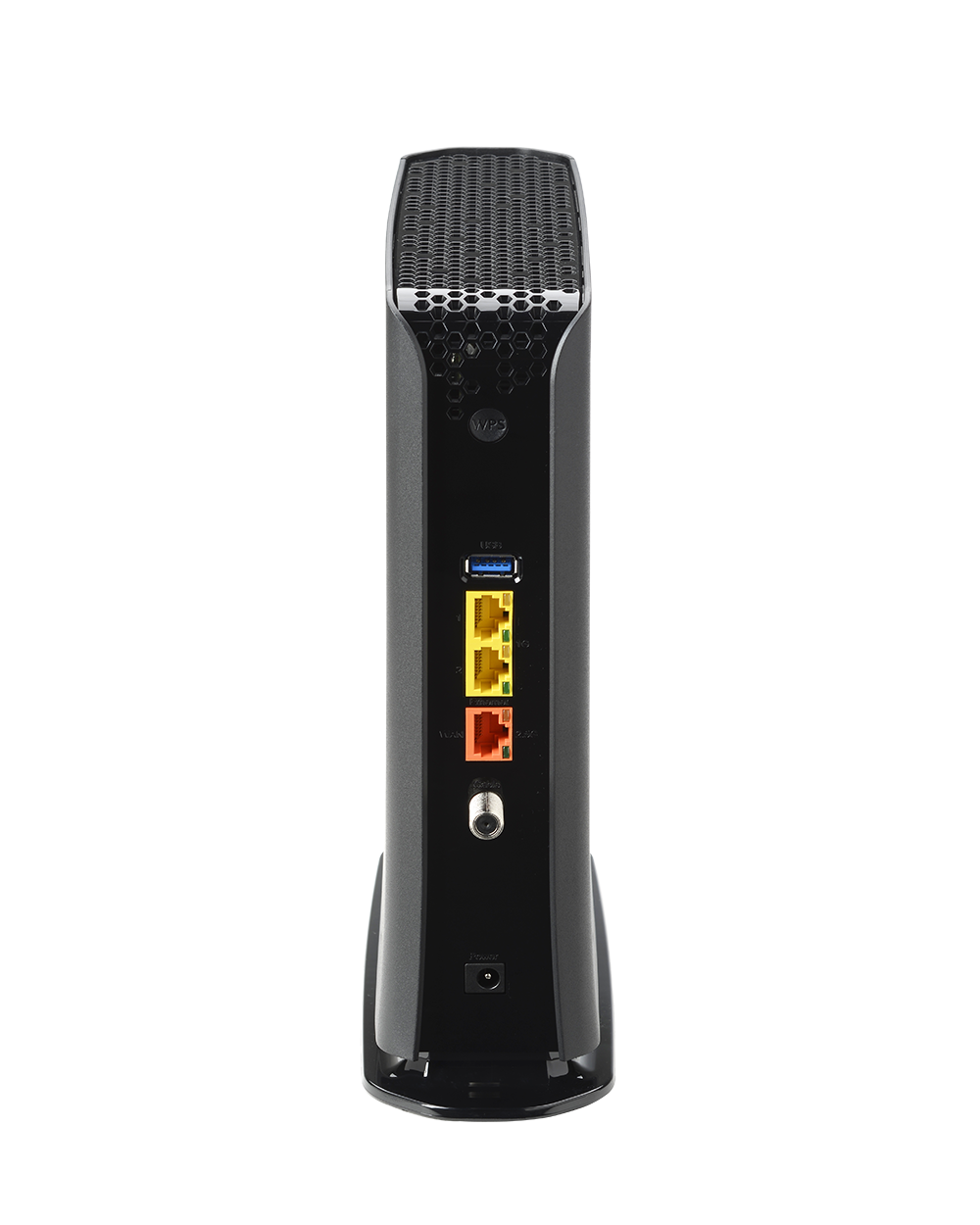Multi-Gig DOCSIS 3.1 Performance
With 2×2 OFDM/OFDMA and DOCSIS 3.0 32×8 bonding, the CODA-5712 delivers reliable multi-gigabit downstream capability while maintaining backward compatibility with DOCSIS 3.0 networks.
Switchable Upstream Frequency
Operators can toggle between 5–85 MHz and 5–204 MHz upstream paths, enabling smooth migration to high-split or future network architectures without swapping out hardware.
Robust Wi-Fi 6 Coverage
Dual-band Wi-Fi 6 with 4×4 5 GHz and 4×4 2.4 GHz radios delivers faster speeds, lower latency, and more efficient performance for multiple connected devices.
Built-in MoCA 2.0 Bonding
Turns existing coax wiring into a high-speed backbone—ideal for extending Wi-Fi coverage or providing stable wired connectivity in hard-to-reach areas.
Enhanced Wired Connectivity
Equipped with 1× 2.5 Gbps Ethernet port and 2× 1 Gbps ports for premium wired connections, plus a USB 3.0 port for media and NAS use cases.
Effortless Setup & Remote Management
Supports SNMP, TR-069, TR-369, HNAP, MyHitron+, and HitronCloud for simplified provisioning, diagnostics, and lifecycle management.
Benefits for Service Providers
- Comprehensive One-Box Solution: Combines DOCSIS 3.1, Wi-Fi 6, and MoCA into one device, reducing the need for multiple pieces of equipment.
- Future-Ready: Flexible upstream tuning ensures operators are prepared for evolving network upgrades.
- Hybrid Connectivity: MoCA delivers wired stability via coax while Wi-Fi 6 ensures high-capacity wireless coverage.
- Operational Efficiency: Streamlined deployments with remote management reduce support costs and truck rolls.
Key Specifications
- DOCSIS Support: DOCSIS 3.1 (2×2 OFDM/OFDMA) + DOCSIS 3.0 (32×8)
- Upstream Tuning: Switchable 5–85 MHz / 5–204 MHz
- Wi-Fi: Dual-band Wi-Fi 6 (4×4 5 GHz + 4×4 2.4 GHz)
- MoCA: Bonded MoCA 2.0 for high-speed coax-based wired uplinks
- Ethernet Ports: 1× 2.5 Gbps + 2× 1 Gbps
- USB Port: 1× USB 3.0
- Management: SNMP, TR-069, TR-369, HNAP, MyHitron+ app, HitronCloud
Documentation
Other Products to Consider
Product
Modem Type
Frequency
WiFi
Wired LAN
Voice
Learn More about Cable Modems & Routers
Do Cable Modems Need a Router?
Do Cable modems need a router? While your cable modem doesn’t need a router to deliver an Internet connection, the addition of a router offers the benefits of a WiFi connection and adds flexibility to your home network. Your home network is only as good as the...
Are All Cable Modem Router Combos the Same?
While upgrading networking equipment can be a hassle, it’s an essential part of optimizing your Wi-Fi and getting the best speeds and connection possible. Before you make a purchasing decision, it’s important to understand how cable modems, routers, and cable modem...
What is Required to be an Approved Spectrum Modem?
To be approved by Spectrum, a modem must support DOCSIS 3.1, be tested by Spectrum for performance, and appear on their official list of authorized devices. Choosing a Spectrum-approved modem ensures compatibility, reliable speeds, and full support from your provider....
Cable Modem Routers: Beamforming vs Band Steering vs MU-MIMO
Here’s what you need to know about MU-MIMO, beamforming, and band steering. Each technology is very similar in making a WiFi network faster and more efficient, but they do have slight differences. Let’s break it down. What is Beamforming? Beamforming is a router...
Cable Modem Router Combo vs. Cable Modem Separately – Which is Better?
Home networking can be as simple or as complicated as you want. When it comes to your Wi-Fi home network set up, you need two things for a Wi-Fi connection: a modem and a router. The modem is a device that delivers data from your Internet service provider (ISP),...
